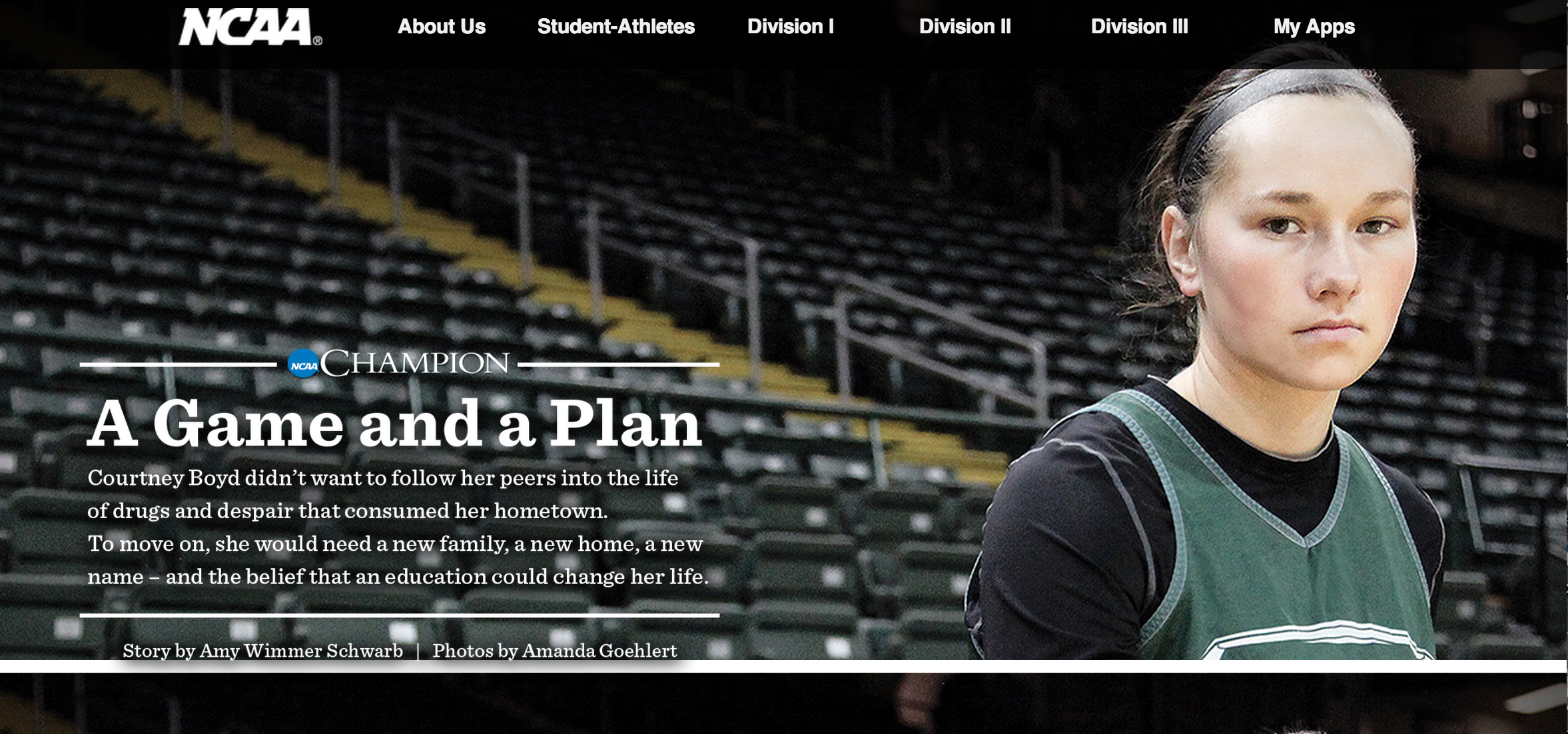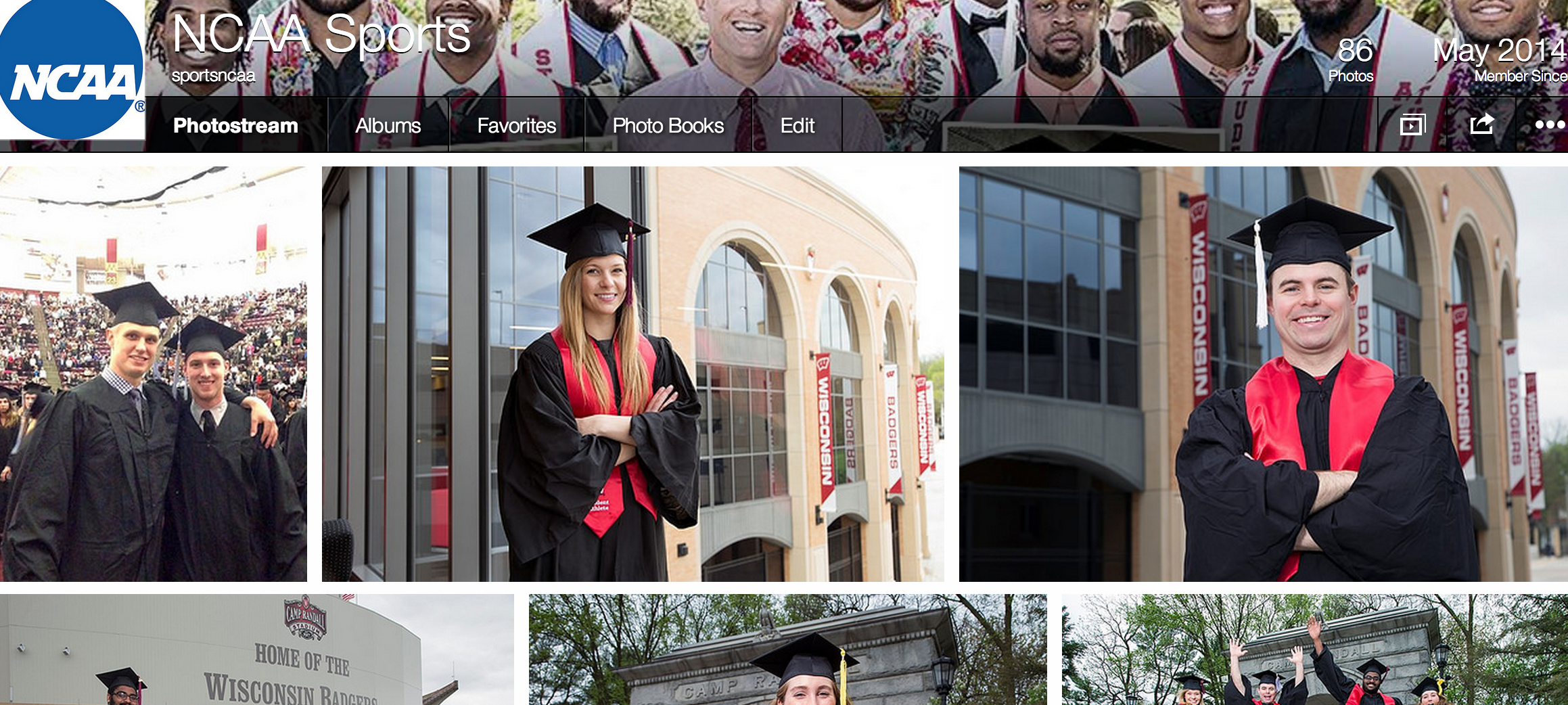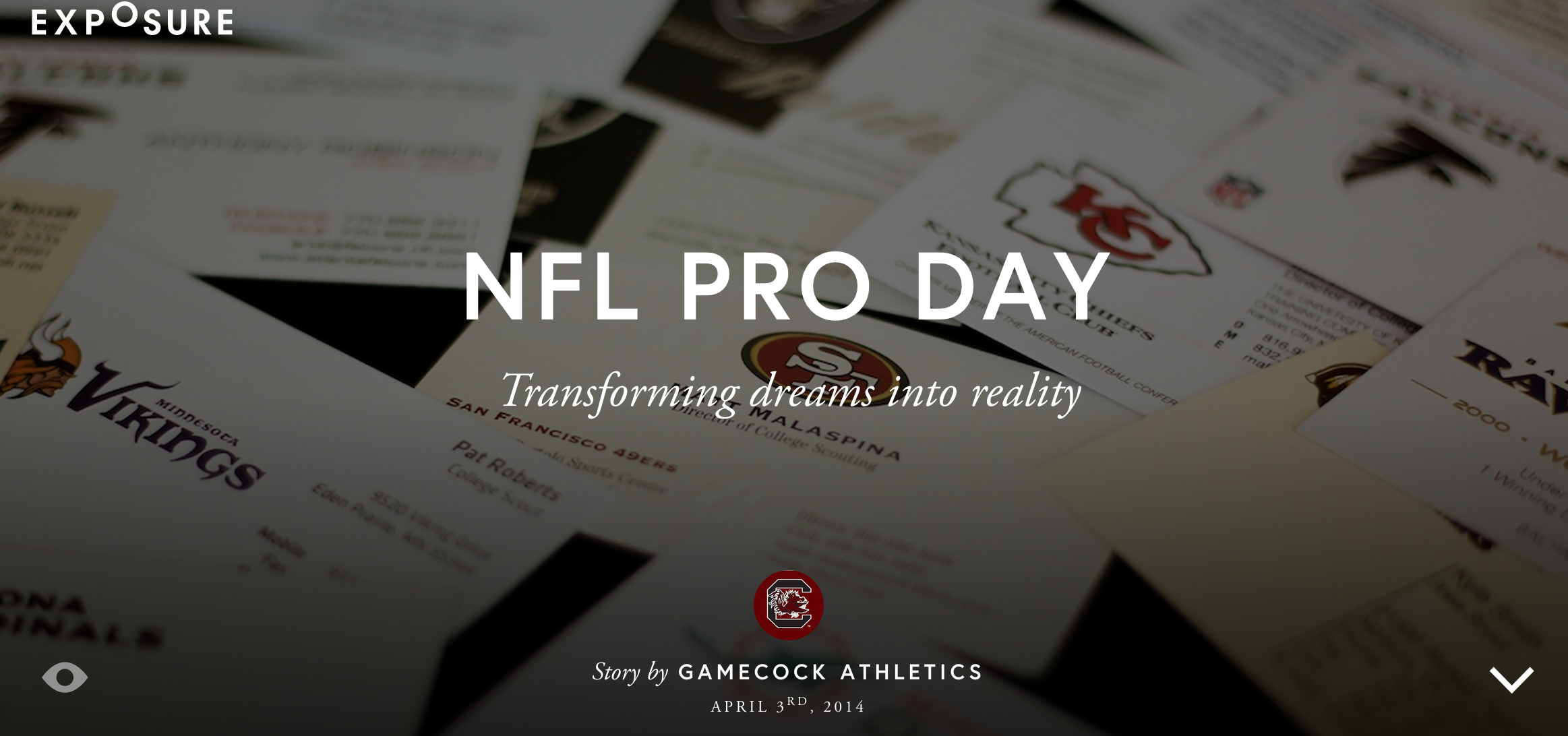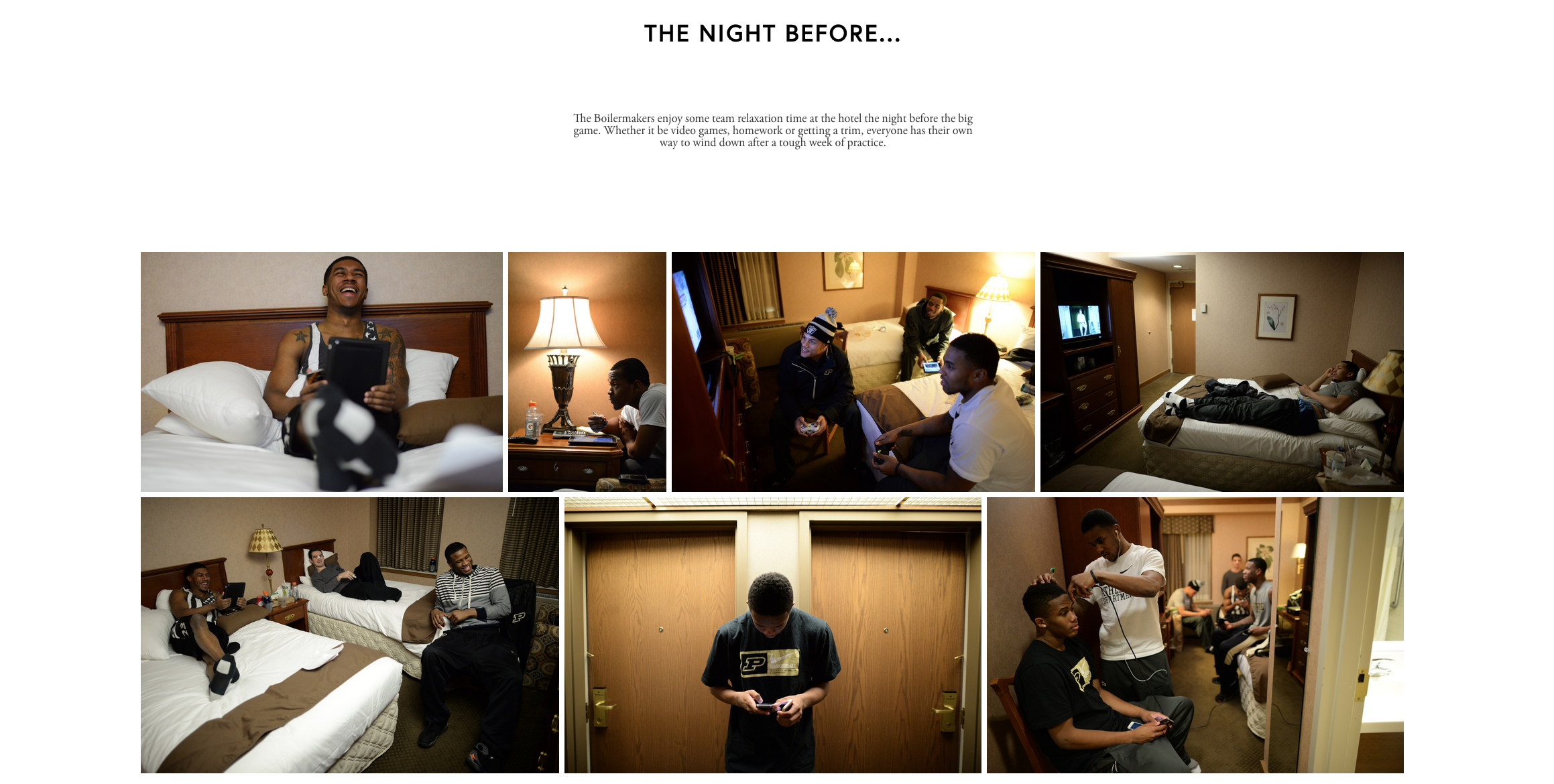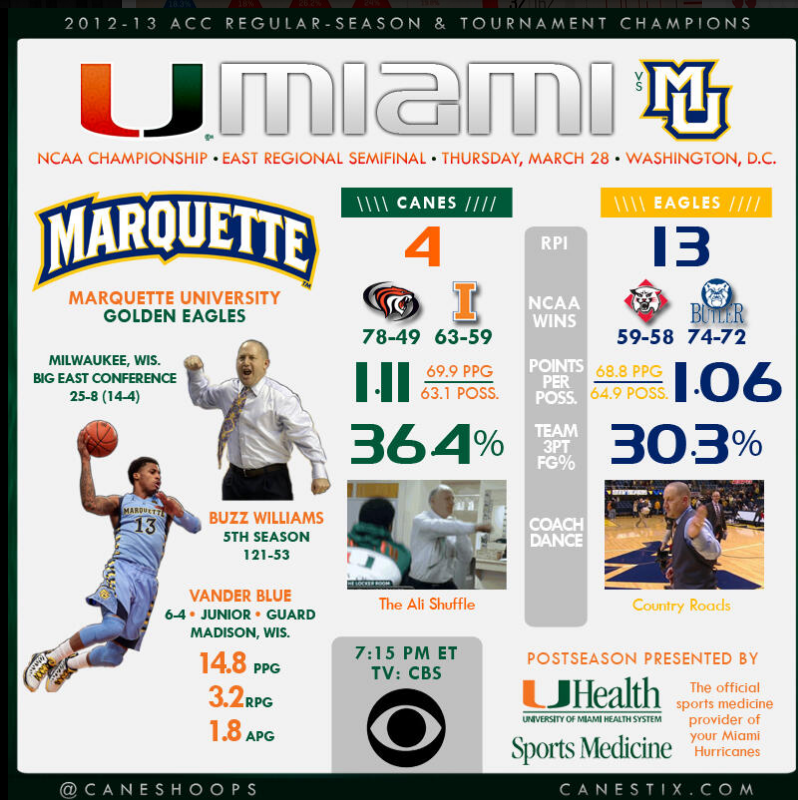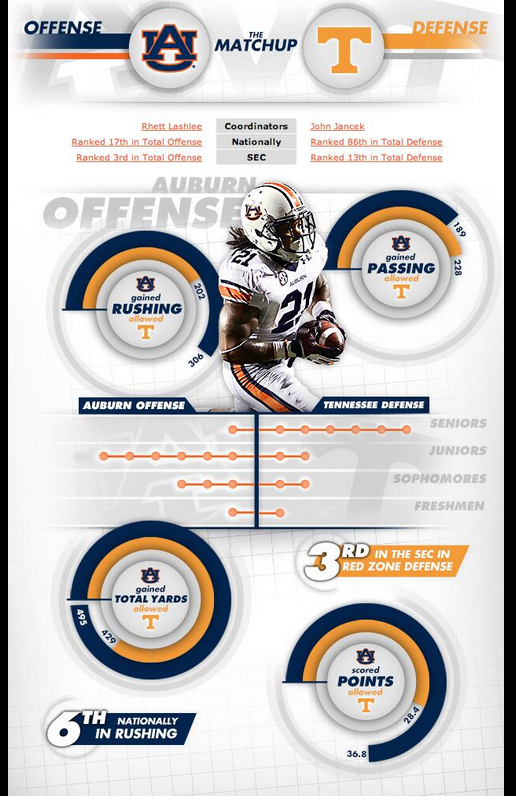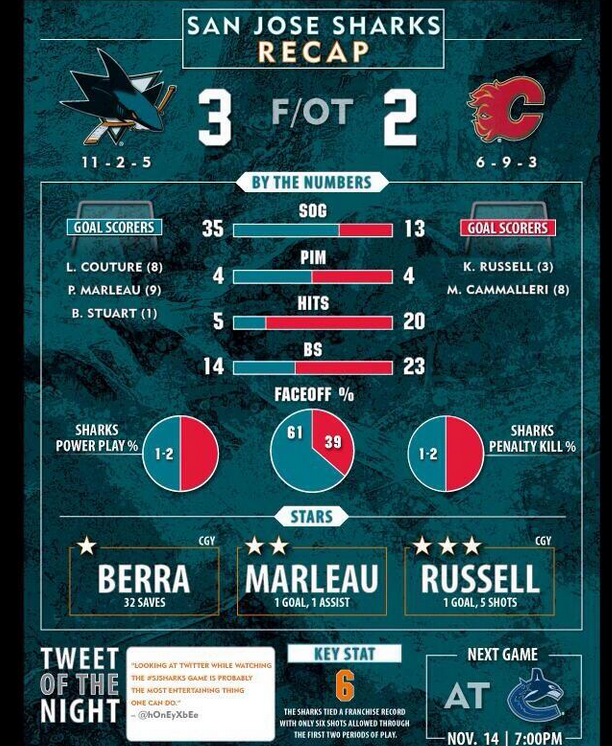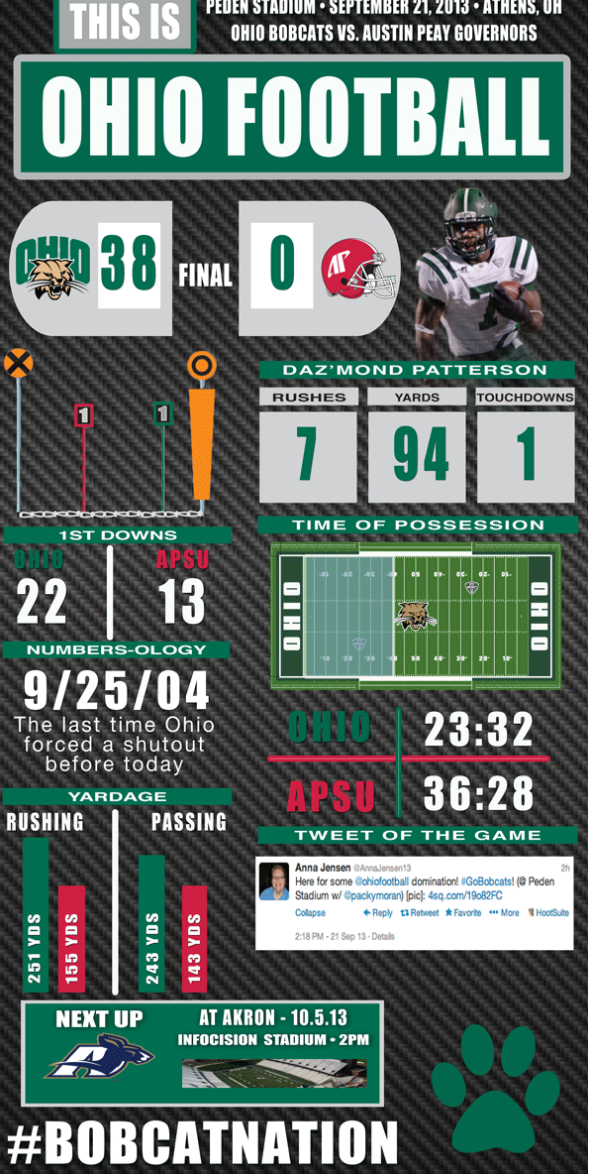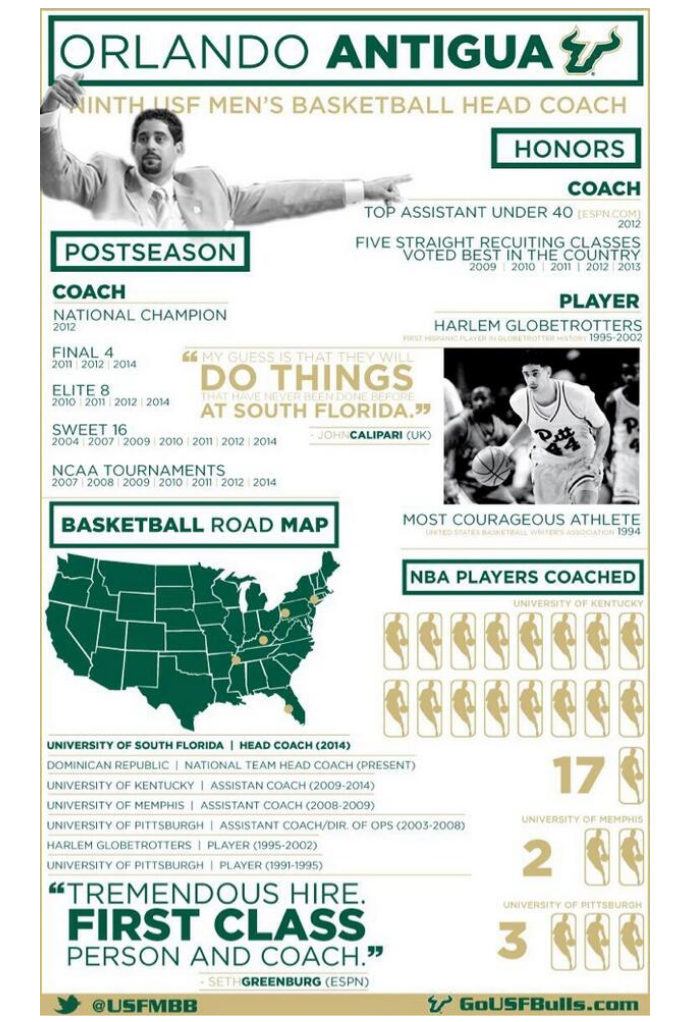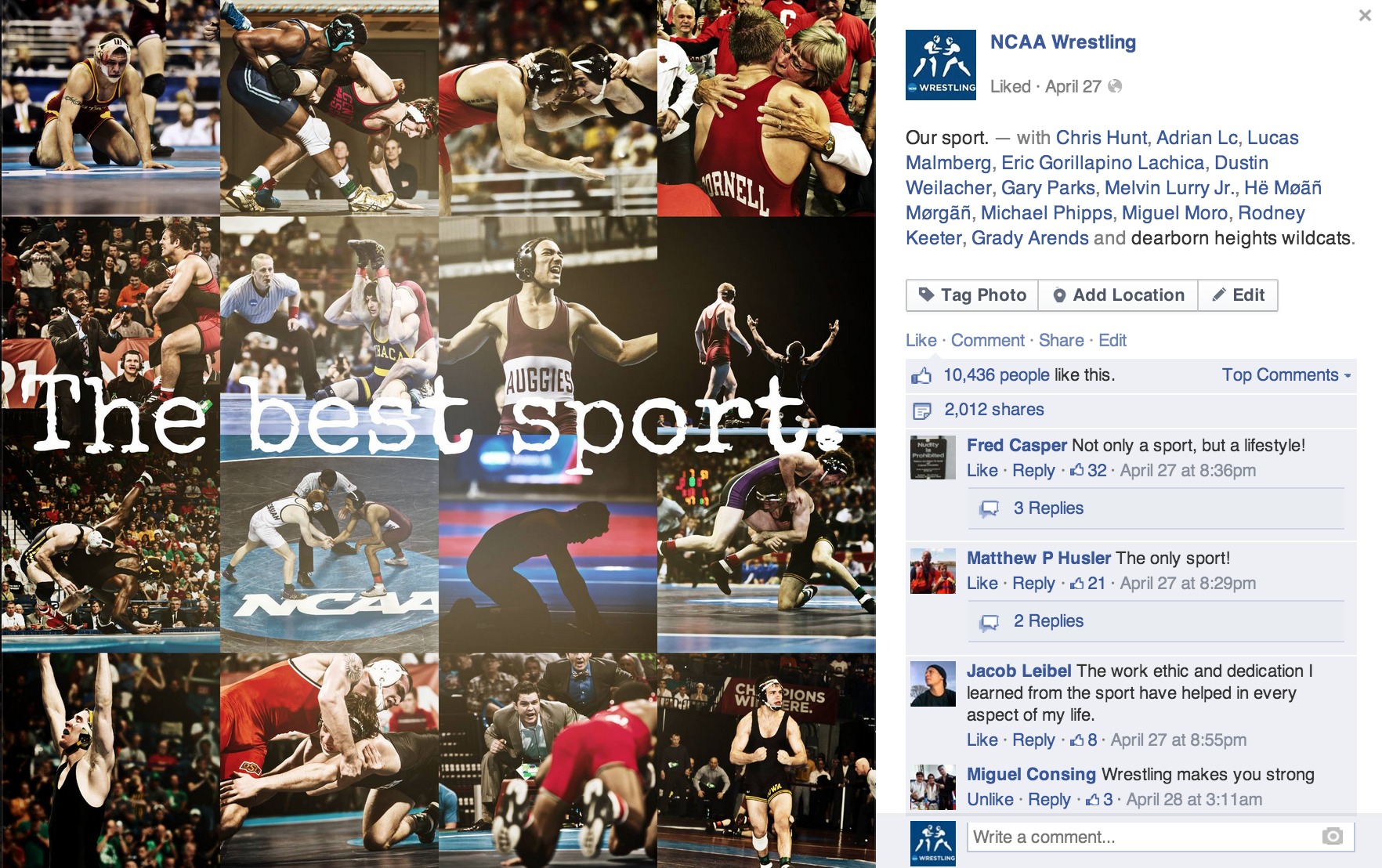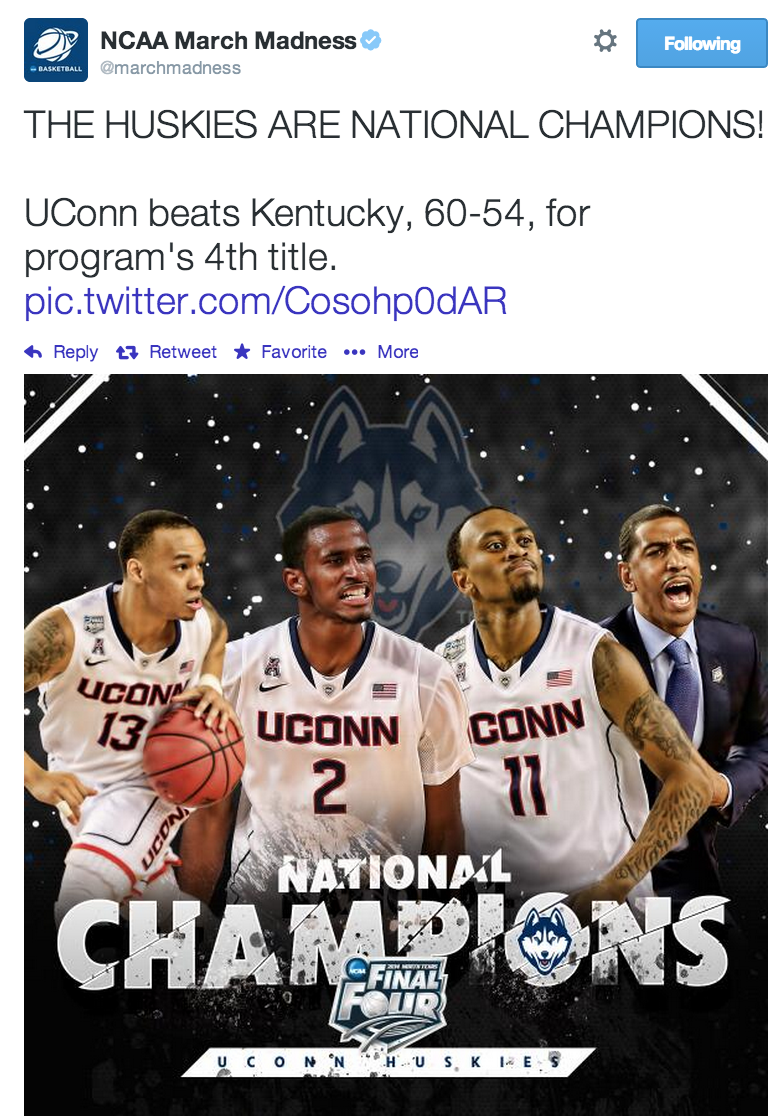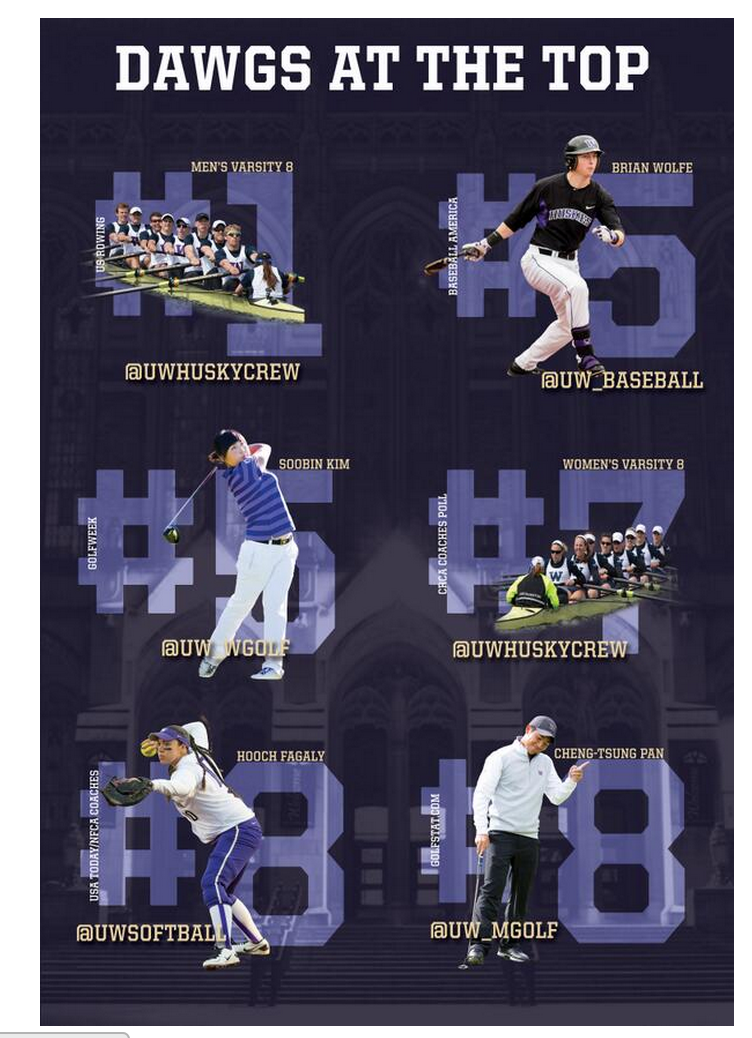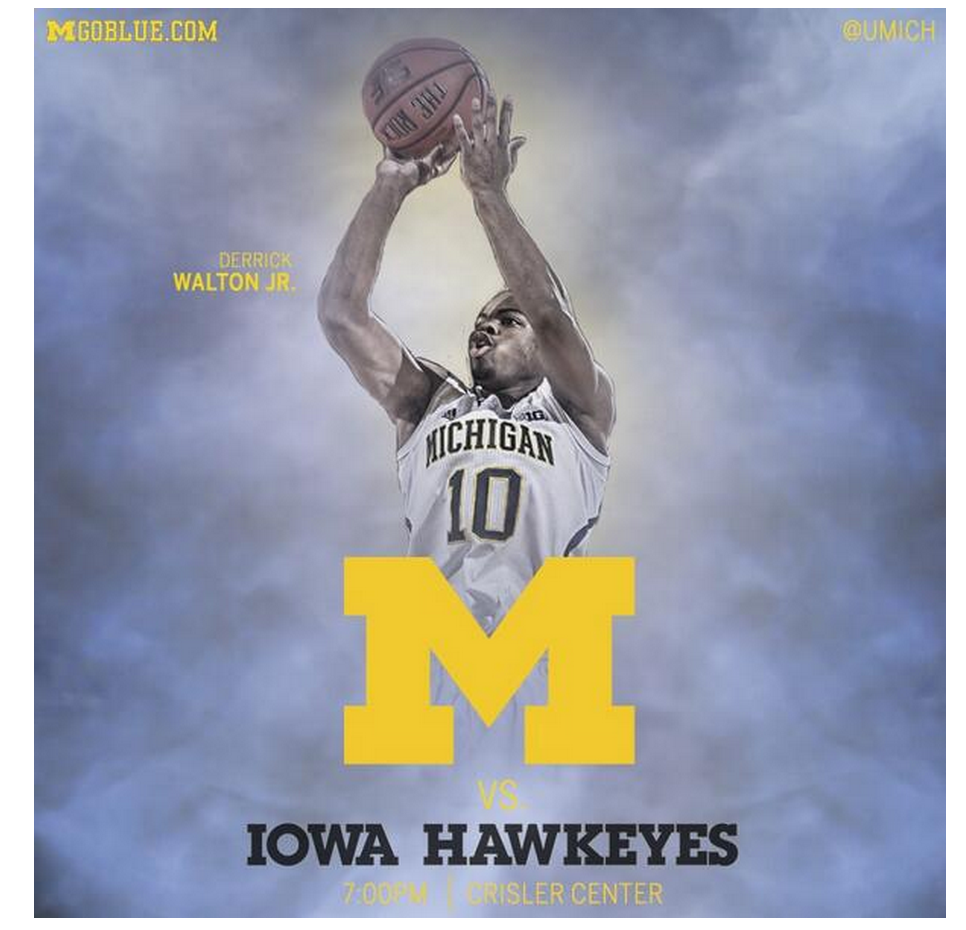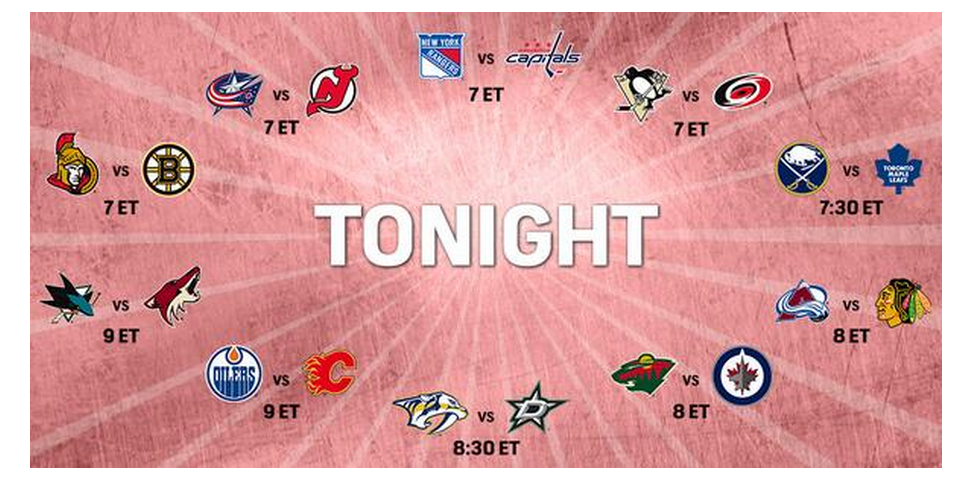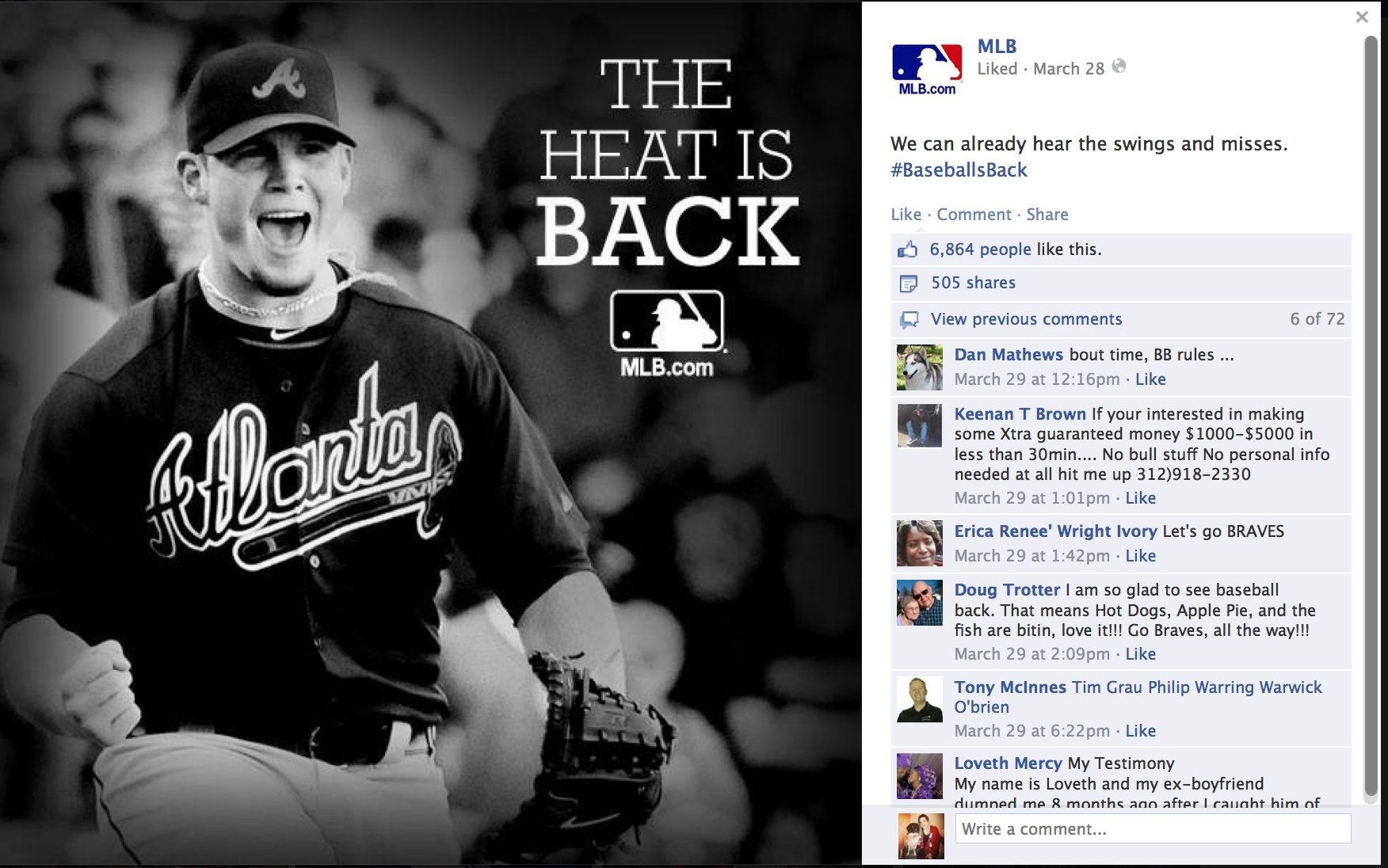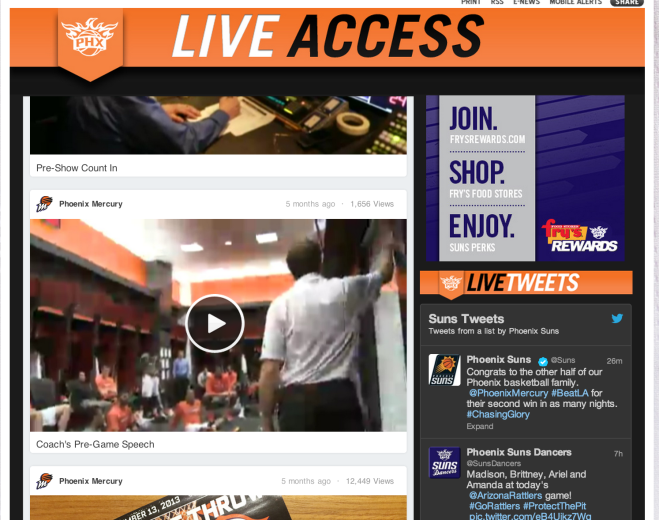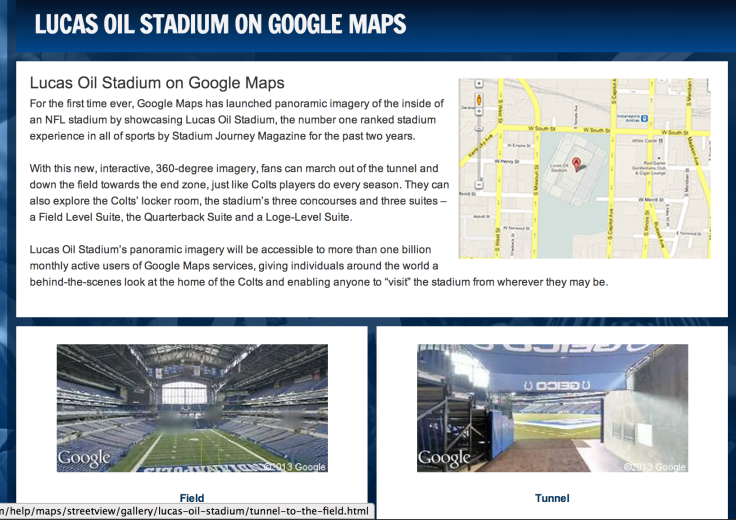On September 25, 2014, Derek Jeter set the sports and social media world on fire during his last game at Yankee Stadium. More than 1.3 million tweets were sent that day and many brands and organizations got in on the chatter. I took a look at how ESPN, Gatorade, NY Yankees, MLB and Nike covered his last game in New York from a social perspective. Below are slides highlighting their stats and lessons learned. Enjoy!
Please note that all stats were compiled manually (painful, I know). Because of that, these numbers are simply estimates to give you an idea of the traction that was received.

